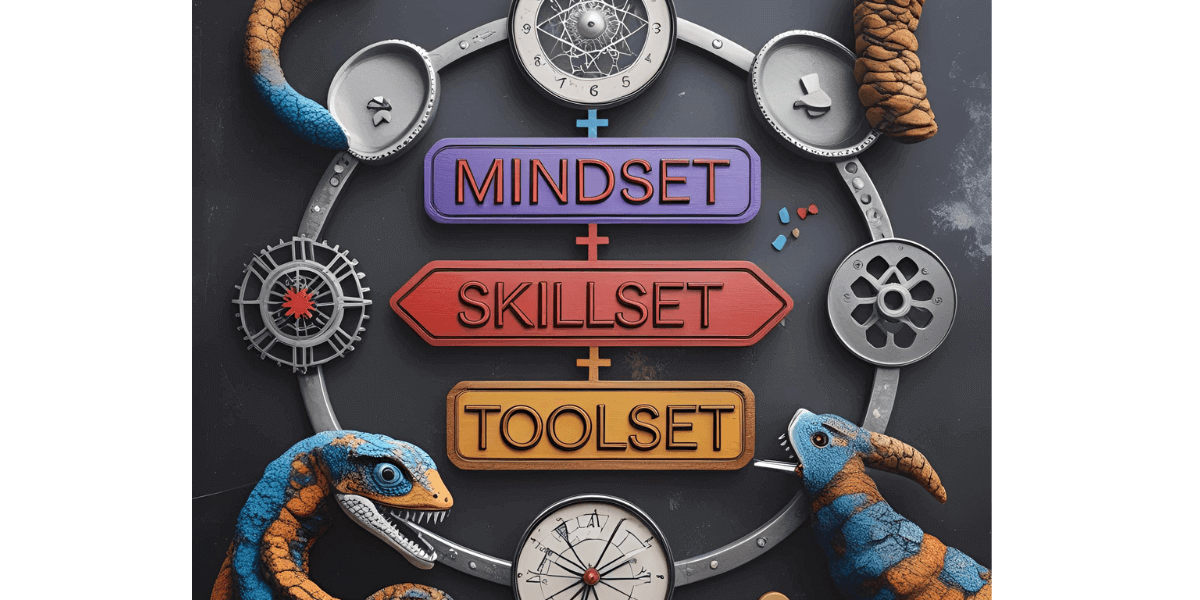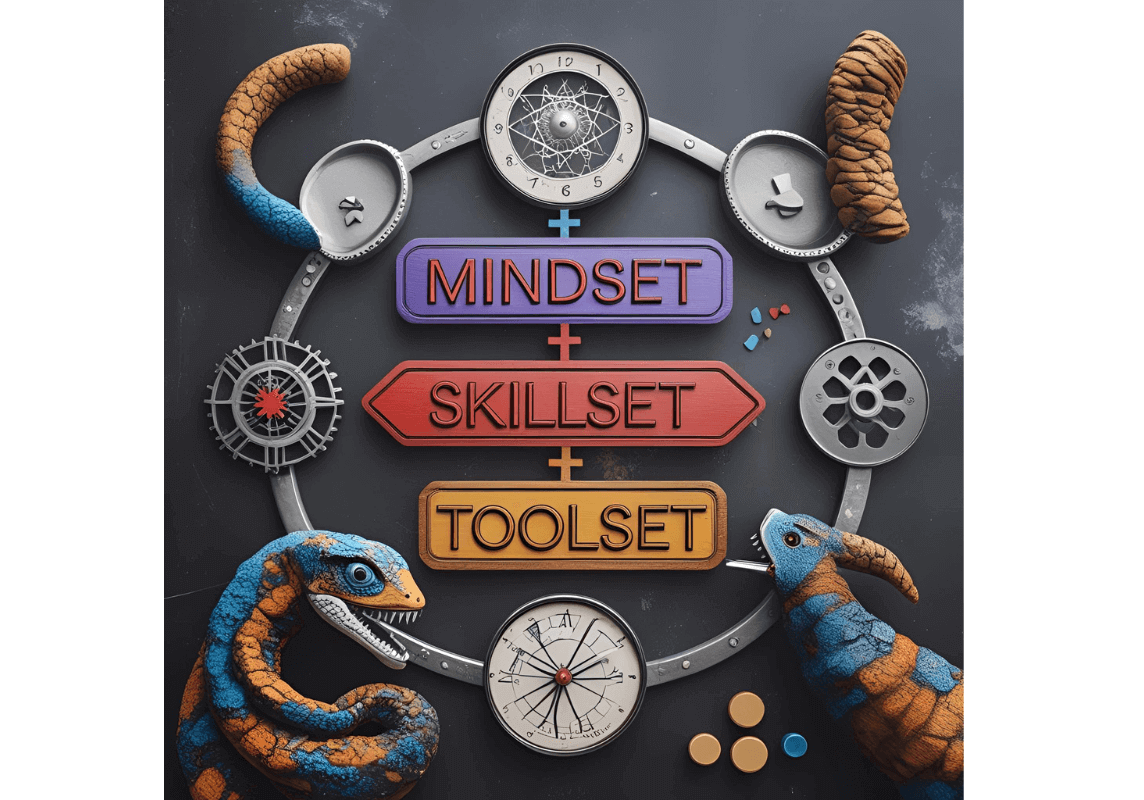Change Management, Continuous Improvement
When you think about transforming your business, what activities first come to mind? If “buying new technologies” is high on your list, then you’re not alone. The conversation about business transformation has become almost synonymous with technology acquisition. Walk into any boardroom and you’ll hear leaders discussing AI implementations, cloud migrations and automation platforms as if these tools alone will fundamentally change how their organizations operate.
But here’s what we at IA have learned after years of helping organizations with their transformation efforts: The most successful changes are process-led and technology-enabled, not technology-driven.
This distinction matters more than you might think.
What is the technology-first trap?
Organizations consistently fall into what I call the “technology trap”: the belief that purchasing new software or implementing cutting-edge systems will automatically transform their business. I’ve watched ERP implementations fail not because the system didn’t work, but because organizations tried to do a “lift and shift,” applying complex technology onto broken or poorly understood processes. I’m seeing AI initiatives that promised revolutionary insights deliver minimal value because teams lacked the foundational skills to ask the right questions, and interpret and act on the output.
These failures share a common thread: They prioritized the tool over understanding the work itself. True transformation begins with a fundamental question: How should we approach the work we need to do? Process-led transformation requires mapping current workflows, identifying genuine pain points, and reimagining how work should flow. When organizations understand their processes first, technology decisions become much clearer.
Understanding processes is just the beginning. The real challenge lies in creating sustainable change that sticks. How do you ensure that your employees adopt the improved processes? How do you build the organizational capability to continuously evolve and improve? The answer lies in addressing transformation in the right sequence—and that sequence has little to do with technology.
The mindset > skillset > toolset framework
In a past organization, my team used the mindset > skillset > toolset framework to help guide any transformation—from the smallest process change to a global reorganization. The framework provides clear guidance for prioritizing change efforts, helping you focus on the right things at the right time. This hierarchy recognizes that sustainable transformation must address human elements before technological ones.
Mindset
Mindset represents the beliefs and attitudes that shape how people approach their work. In process-led transformation, this means cultivating mindsets that value continuous improvement, customer focus and collaborative problem-solving.
It’s important to address mindset first because it influences everything else. Employees with a growth mindset will embrace new processes and technologies as opportunities to improve their work. Those with fixed mindsets will resist change, regardless of how beneficial the new tools might be.
Building the right mindset requires honest communication about the purpose of change, meaningful involvement of employees in process design, and recognition of improvement efforts. It means creating psychological safety where people feel comfortable identifying problems and proposing solutions.
I’ve seen brilliant process improvements fail because nobody bothered to address the mindset piece first. People will resist even the best-designed process if they don’t understand why it matters or feel they have no voice in shaping it.
Skillset
Once you’ve established the right mindset, organizations must develop the skillsets necessary to execute improved processes effectively. This involves both technical capabilities and fundamental skills like process thinking, collaboration and continuous improvement.
Process-led transformation requires people to think systematically about their work, understanding how their activities connect to broader organizational goals. They need skills in problem-solving, change management and data interpretation. They must be comfortable using insights to drive improvement.
Investing in skillset development ensures that people can fully leverage new processes and technologies. It also creates a culture of capability-building that supports ongoing transformation efforts.
Toolset
Only after addressing mindset and skillset should organizations focus on toolset, the technologies and systems that enable improved processes. By this point, you have clear understanding of what needs to be accomplished and the capabilities to use new tools effectively.
The toolset becomes the logical next step in process improvement rather than the starting point. Technology selection is guided by process requirements and supported by employee capabilities. Implementation goes more smoothly because people understand why the tools are necessary and how to use them effectively.
The leadership challenge
Leading process-led transformation requires patience and discipline. It’s tempting to purchase impressive technology and declare victory. It takes longer to do the foundational work of mindset and skill set development.
This challenge is particularly acute with AI adoption. The pressure to implement AI solutions has never been higher, driven by competitive fears and vendor promises of immediate ROI. Leaders face board members asking why competitors are using AI while they’re still “just talking about processes.” Rushing into AI without proper foundations creates the same problems we’ve seen with previous technology waves, where organizations purchased expensive tools that didn’t deliver because the business wasn’t ready to use them effectively.
Much like your favorite cycling instructor likes to remind you, shortcuts don’t work. You can’t overnight order a transformation. If you skip the foundation-building, you’ll end up rebuilding later, usually at much higher cost with more frustrated people.
Your role as a leader is to resist pressure to jump straight to technological solutions. Ask better questions about how work is done. Create space for honest conversations about what’s not working. Invest in developing your people before investing in new systems.
When exposed to a new technology, especially AI, be skeptical. Ask what it would take to make the technology successful. Dig into real-life examples of how it’s working today. Avoid the temptation to buy into the ROI hype. Measure success by how much better the work gets done, not by how much technology you’ve implemented.
The sustainable path forward
Process-led, technology-enabled transformation is more challenging than the technology-first alternative. It requires honesty about current state operations. It demands patience to build capabilities before implementing solutions. It needs leaders willing to do the less glamorous work of understanding how things function in the real world.
This approach becomes even more critical in the AI era. Organizations rushing to implement AI without proper process foundations often find themselves with sophisticated tools that nobody knows how to use effectively. They may achieve initial wins through pilot projects, but struggle to scale AI impact across the organization because they lack the systematic thinking and change-management capabilities that sustainable AI adoption requires.
When you get it right, when you build on a foundation of solid processes and capable people, the results are genuinely transformational in ways that no software package could deliver alone. Technology becomes a powerful amplifier of human capability rather than a replacement for thoughtful process design.
Organizations that embrace this methodology develop the agility to respond to changing conditions, the capabilities to continuously improve their operations, and the culture to sustain ongoing transformation. They understand that lasting change isn’t about the technology you implement, it’s about how you approach the work you need to do. This approach takes longer initially, but it creates transformation that truly transforms how work is being done.
The choice is yours. You can chase the latest technology trends and hope for the best or build the foundational capabilities that make any tool successful. One path leads to expensive experiments and frustrated teams. The other creates organizations that don’t just adapt to change, they master it. Which transformation story will you write?






